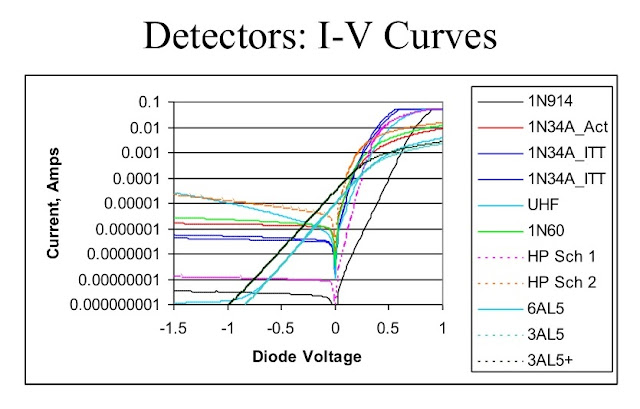Again we could use complex numbers and solve but what are the values to plug into the formulas?
We could use the data for natural resonance. That would give us some data. What if there is a tree or building near the antenna? Yes the above data is for free space.
If it was resistive we could use a simple bridge.
We could use an AC bridge An find the capacitance or inductance. What does a resonant antenna act like? Well if it is resonant it is resistive. Below resonance it is capacitive and above resonance it is inductive. So what to do?
If we could operate at one frequency and build like these we could do well. What if we want to work a range of frequencies?
This circuit will balance when the antenna is 50 Ohm resistive. You could use 75 Ohm resistors for a 75 Ohm system.Replacing the reference with a rheostat would allow measuring the antenna Z.
With the load tap open when we apply a signal with the generator the DC meter will read a voltage. Set the generator high enough to produce a good high reading but don't drive the circuit to hard or you will burn a resistor. If the reading drifts it could be an indicator of resistor heating. Now plug in a dummy resistor the same value as the bridge uses and the reading goes to Zero.
I hooked it to my short wire antenna and it responded to a change in the generator frequency. So I guess I need to build an antenna tuner. Putting a rheostat on the load terminal and adjusting it can give some feel for how the bridge functions.

















































